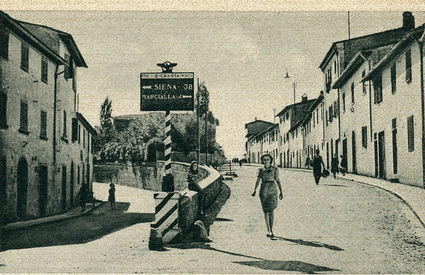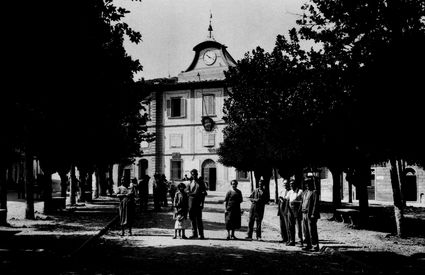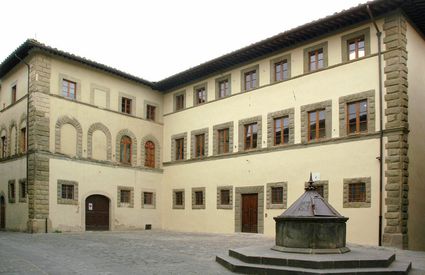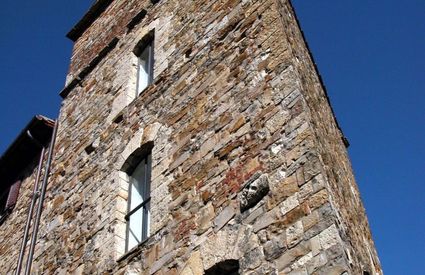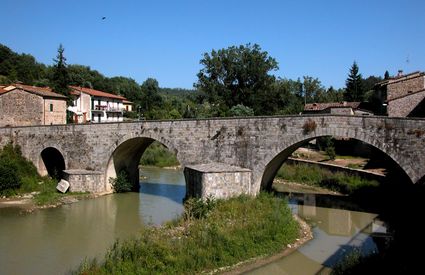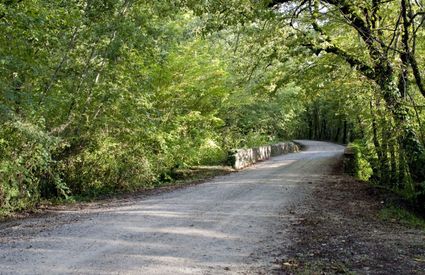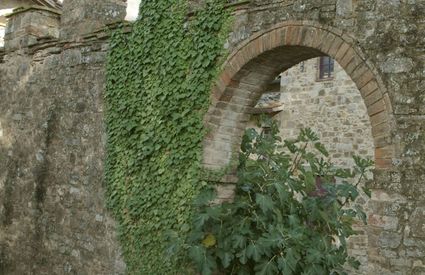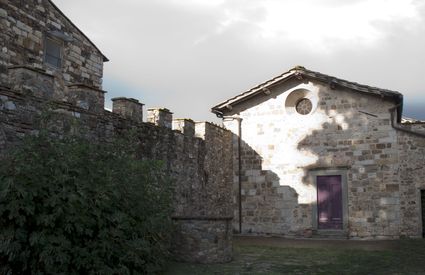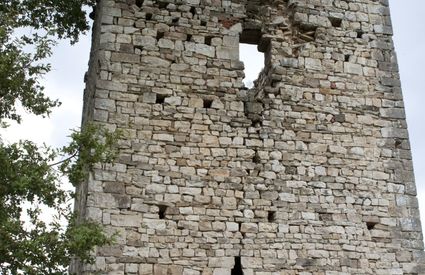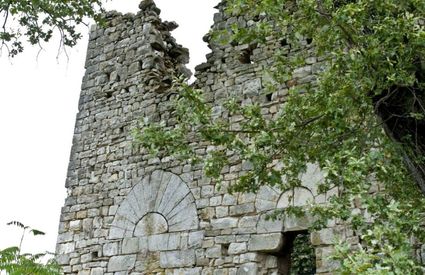Barberino Tavarnelle
History is made on the roads
The fate of communities was decided in the shadows of Vallombrosa Monastery, at the crossroads of major trading roads between Siena and Florence
History is made on the roads
The fate of communities was decided in the shadows of Vallombrosa Monastery, at the crossroads of major trading roads between Siena and Florence
A land of fortunes
Very few merchants are brave enough to travel new roads. The need for a nightly refuge has always given rise to inns and accommodation. From those very taverns comes Tavarnelle, but the Via Cassia on which it stands has not always followed that same journey and it was not the first trading route to pass through these lands. Over the centuries new trails have led to the development of new towns, deciding their future or abandonment.
Door to door
In the Middle Ages merchants preferred to travel along the road that passed through Chianti and ran along the ridge dividing the Val d’Elsa and the Val di Pesa. But, having reached the borderlands between Florence and Siena they grew more fearful of being attacked. They held their possessions more tightly, directing their prayers at the nearby friars of Passignano monastery, hoping for safe haven. San Donato in Poggio came to their rescue, a fortified village that welcomed them between two tall gates. The link between wayfarers and village was solid for centuries, allowing San Donato to build walls, towers, a well with a cistern and, in the Renaissance also important palaces, all of which is still visible and can be visited today.
Along Via Regia
One of the strangest undesired encounters along these roads is said to have involved Saint John Gualbert. Along the ancient Strada Regia Romana, whose way ends at the bridge of Ramagliano in Sambuca, the charismatic monk from Vallombrosa, while visiting some peasants on the stretch beside the river Pesa, supposedly encountered the devil in person. So shocking and cruel was the meeting that a memory of it was stamped on the masses. Today that road is a lovely walk through typical Tuscan woods, known as Cerro and Roverella.
In the shadow of tower houses
In the long match between Siena and Florence, on the Chianti chessboard, there were no shortage of unexpected moves in pursuit of new ways into enemy territory. Which was then answered by the development of new strongholds shown by the presence of a tower house, around which villages were created that one day hoped to become important citadels. Today two places with a common origin bear testimony to this, and they are very different. Poggio al Vento, due to its unparalleled views over most of Chianti, became a stronghold to defend the monastery and, albeit small in size, over time it gained prosperity and protection for its church and walls, still intact today.
A touch of history
A different fate touched San Polo a Torre, now inaccessible as it has been taken over by nature. A tall guard tower, quickly populated by a small community who also built a chapel, it lost interest in the road it protected and was abandoned. Today the tower’s skeleton (only the base remains) is a warning not to take beauty for granted because history skirts around us but barely brushes us.


